The National Collegiate Athletics Association (NCAA) could be headed for a bankruptcy filing, as well as a loss of $20 billion if they reject a settlement and then lose in court.
This potential bankruptcy filing was revealed through documents given to ACC leaders during an annual spring meeting.
NCAA’s Antitrust Cases
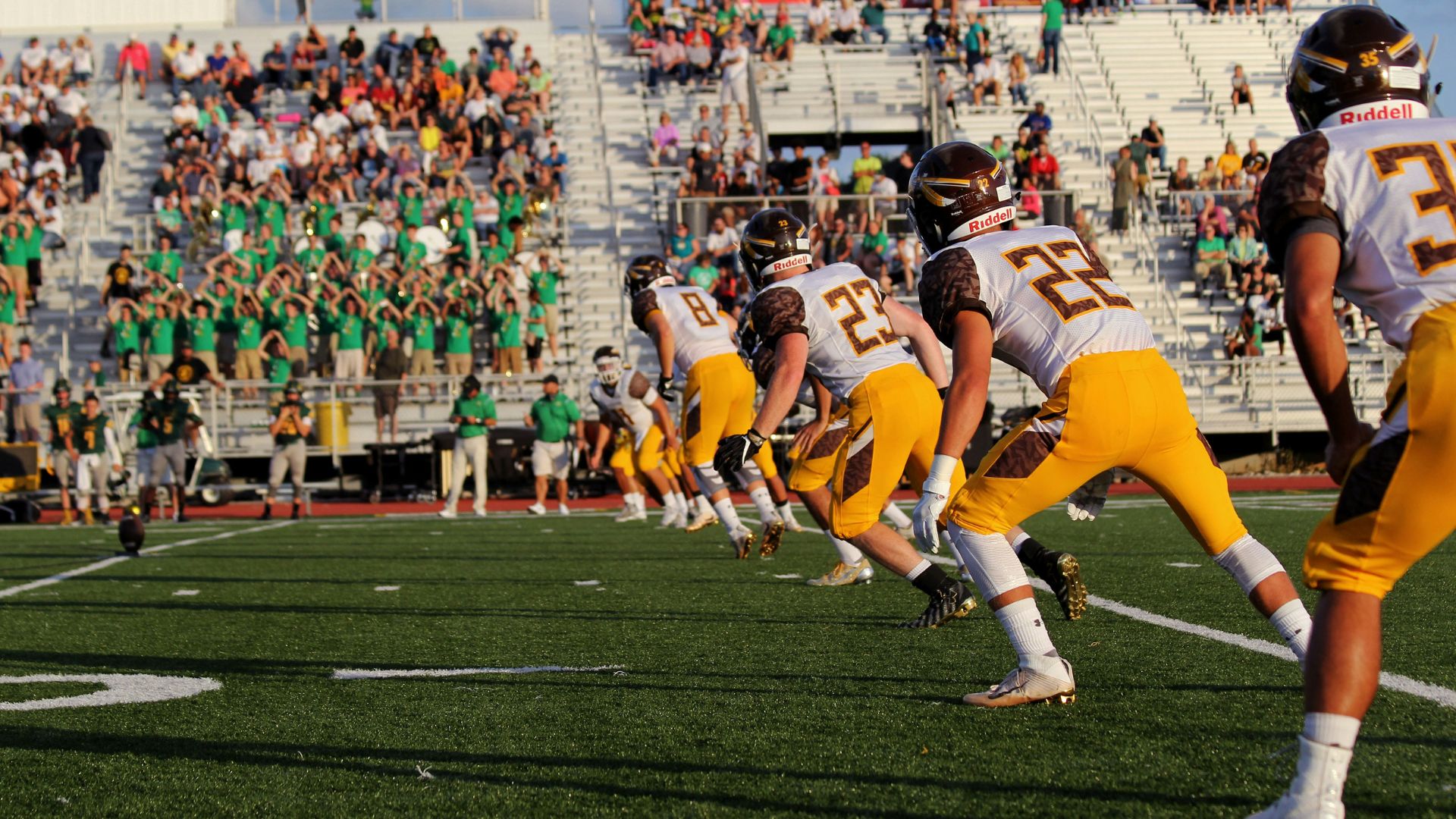
This possible bankruptcy filing in the NCAA’s future comes as they continue to fight the House, Hubbard, and Carter antitrust cases in court.
These antitrust cases all have to deal with the NCAA’s past rules over college athletes receiving compensation while playing sports in college.
House v. the NCAA
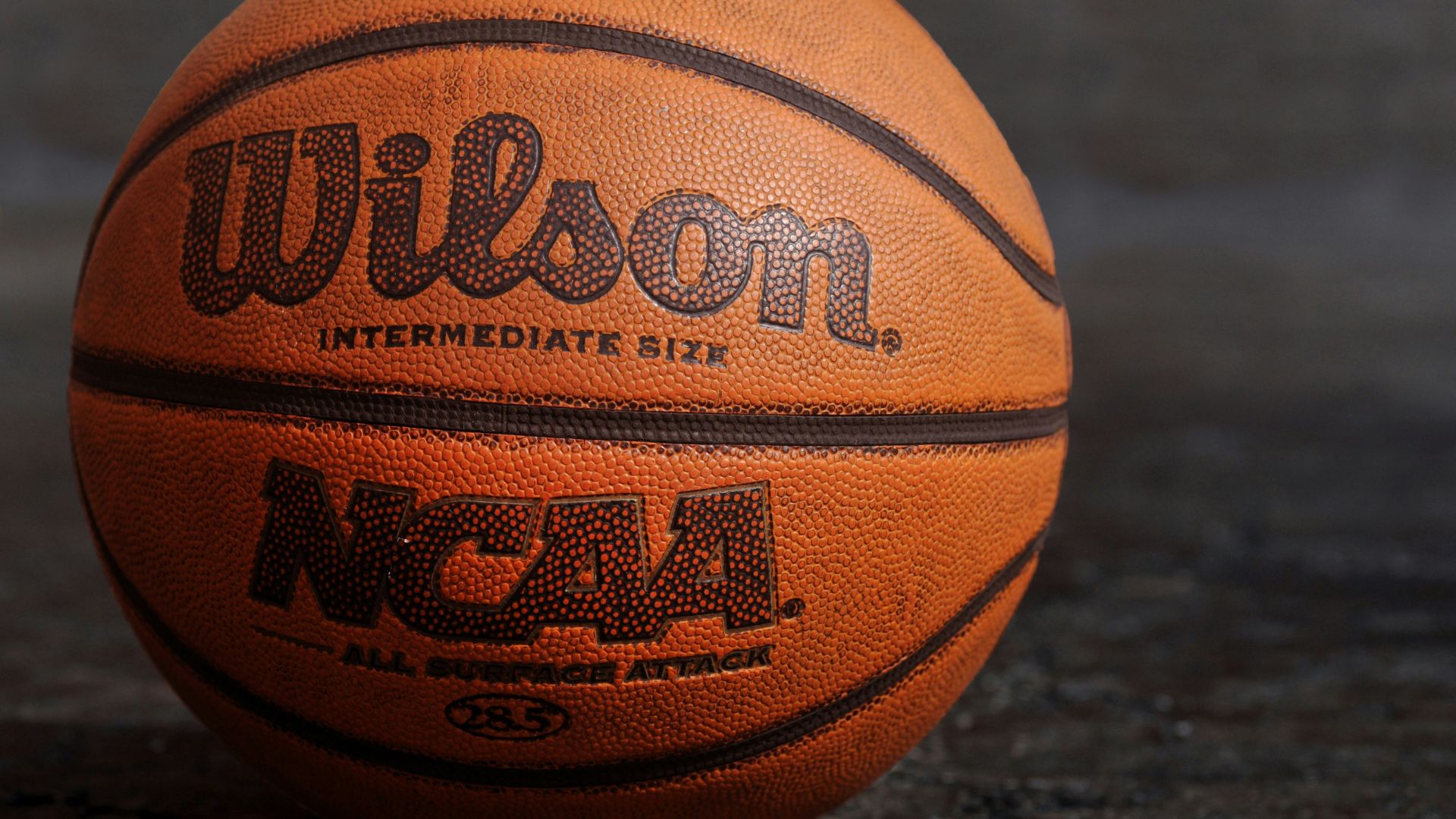
In the House v. the NCAA antitrust case, former Arizona State swimmer Graham House, as well as other past college athletes, are asking to be awarded damages, as they were denied the opportunity to earn money during their time in college.
This specific case is also fighting for revenue earned through television contracts and conferences to be shared with all college athletes.
NCAA and Athletes Earning Money
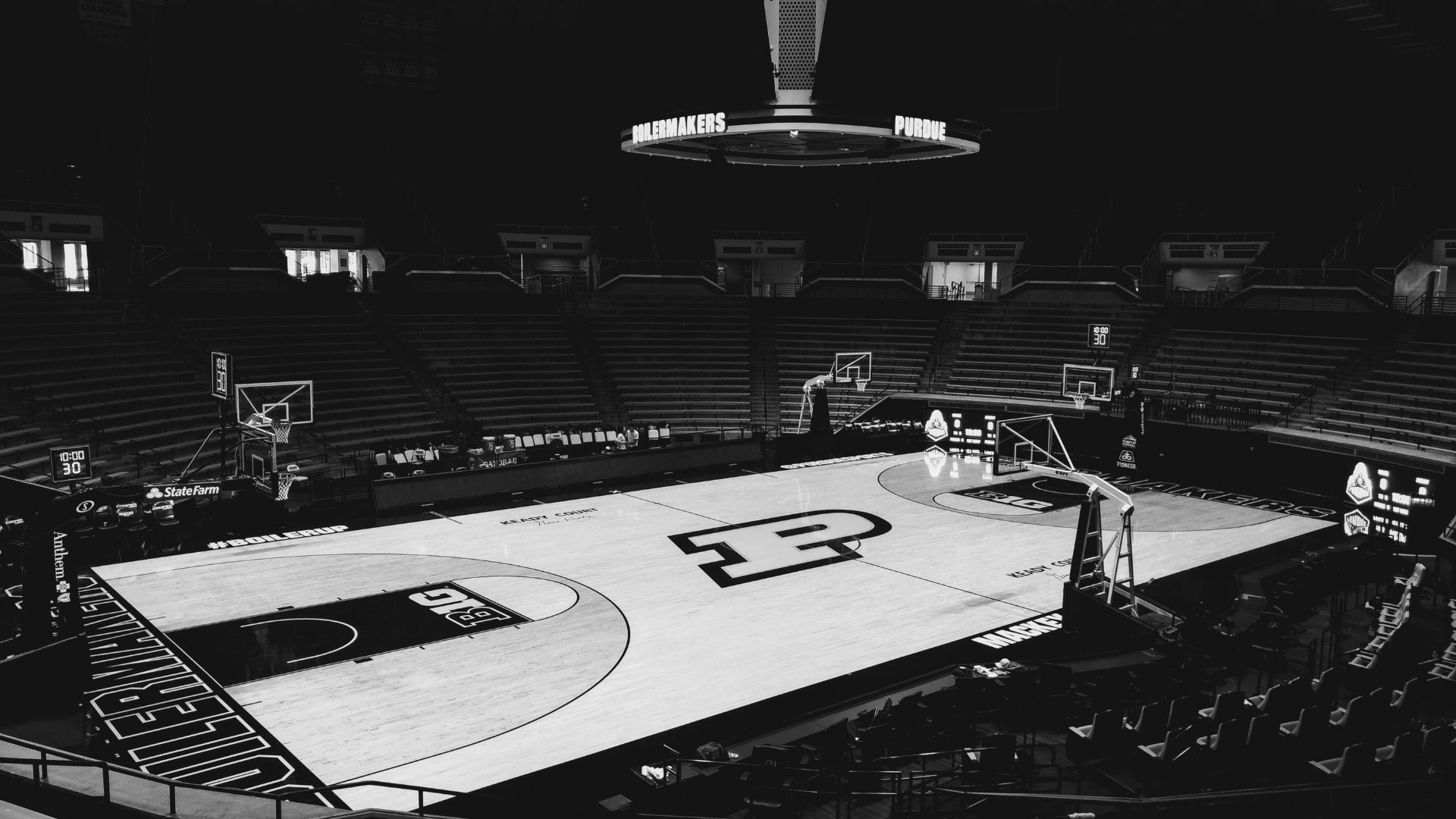
The other antitrust cases are arguing much of the same thing. These legal fights come after the NCAA made it legal for athletes to earn money through endorsement deals and sponsorships while they are in college.
For many decades, these types of opportunities were banned by the NCAA. As a result, many college athletes are seeking damages because of the earnings they were denied to receive — earnings that are now considered legal.
The NCAA’s Change in 2021
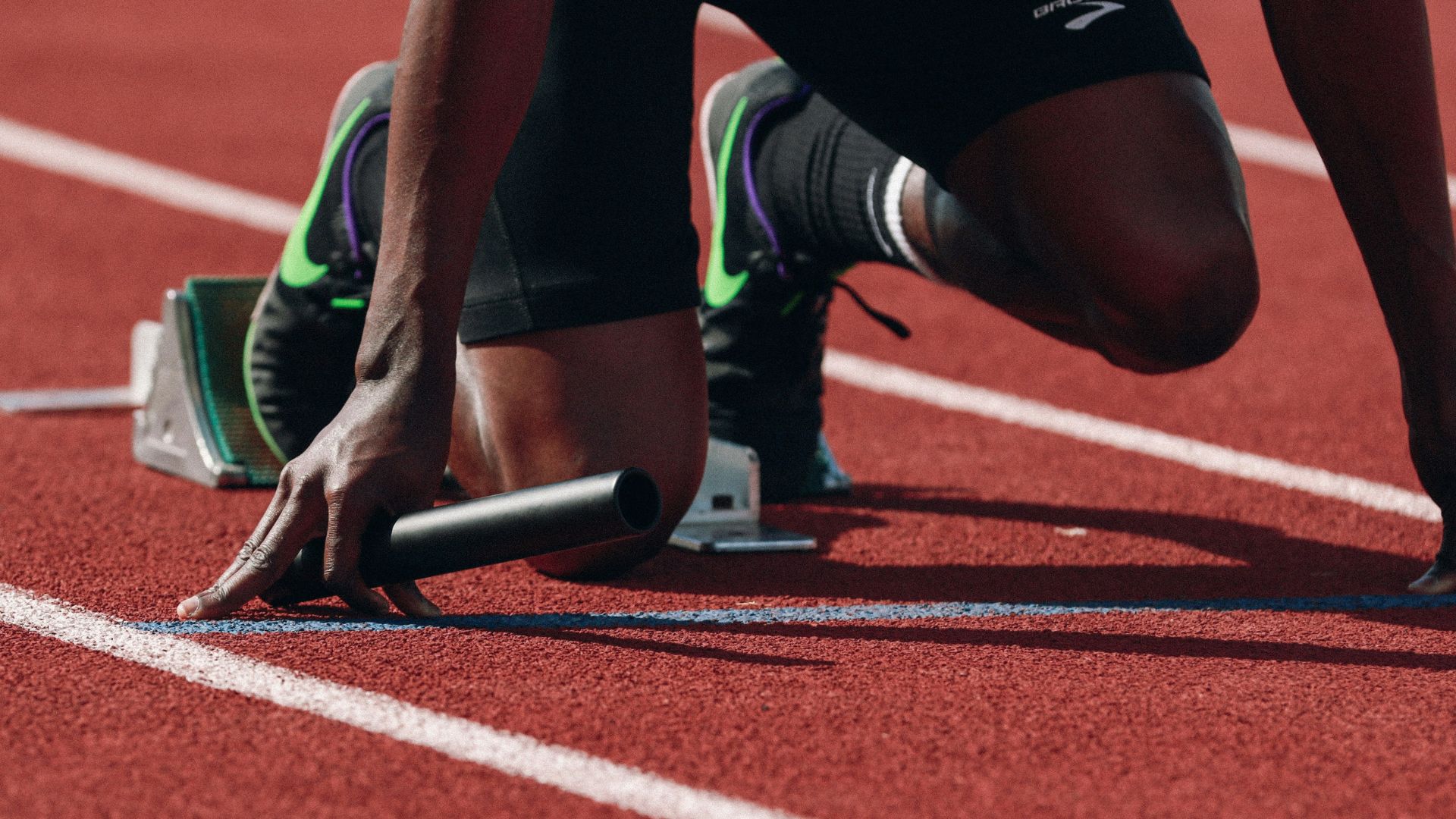
The NCAA lifted this ban on college athletes being able to earn money in 2021. Many of these court cases deal with the past 10 years, prior to 2021.
While these antitrust cases deal with denied opportunities, they also revolve around the NCAA using athletes’ NIL (name, image, and likeness) to make money themselves.
A Potential Settlement
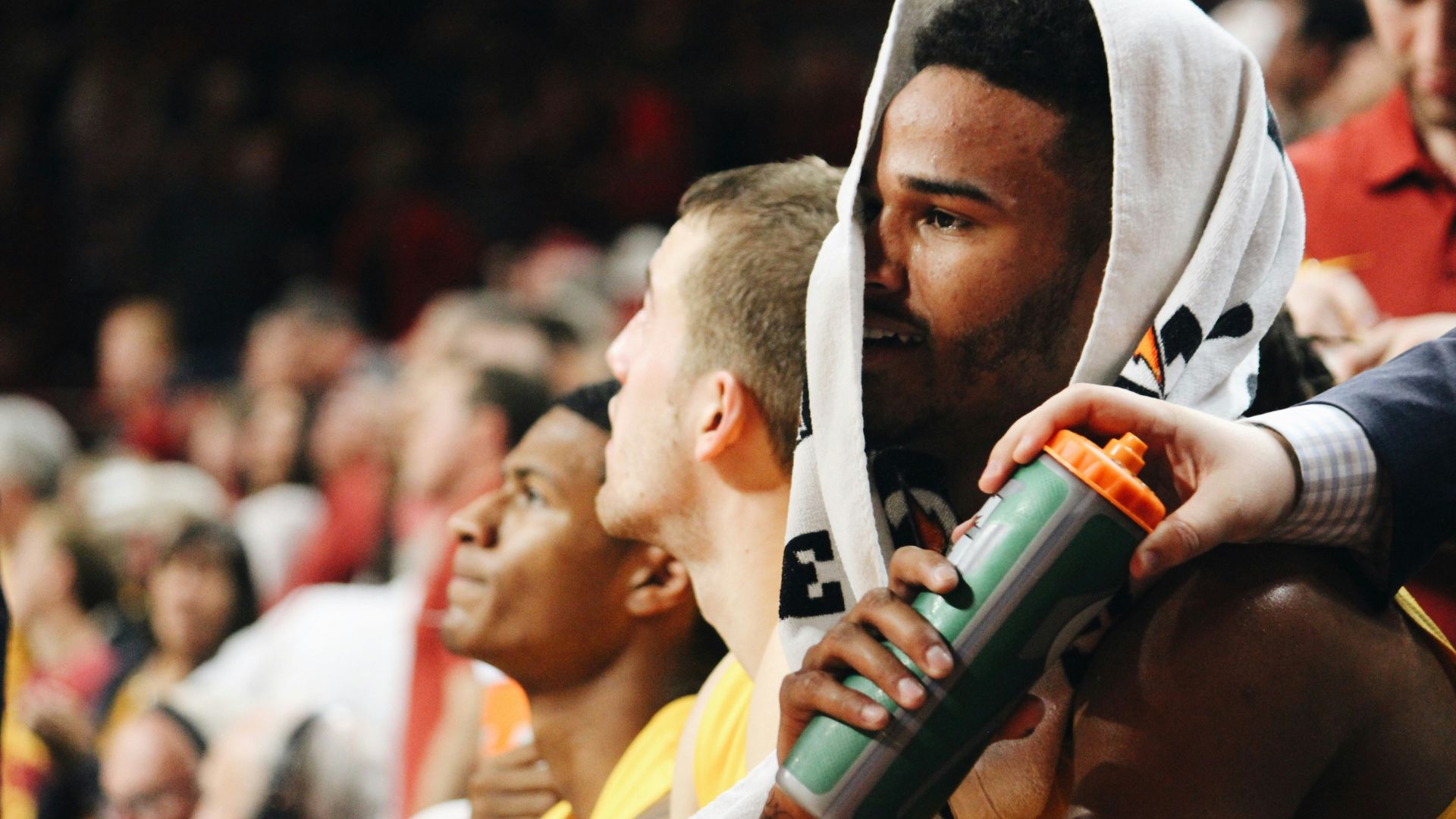
There are signs that the NCAA may agree to a settlement in at least one of these noted cases.
If the NCAA does indeed agree to settlement terms, then they will have to pay at least $2.776 billion in back damages to former student athletes. These billions of dollars of damages will be paid because of the NCAA using the athletes’ NIL.
Paying Over 10 Years

These damages will encompass the past 10 years. However, the NCAA won’t have to pay $2 billion at once. Instead, they will have the chance to pay $2.776 billion over the next 10 years.
About 60% of this money will come from “a reduction in distribution to its schools.” However, the rest of the money will likely come from different aspects of the NCAA’s business, including from their reserves.
Future Processes

Some of these settlement documents also hint at future processes that the NCAA could conduct to ensure that student athletes are properly benefiting from potential earnings.
One of these ideas is to have a future athlete revenue share process.
Rejecting the Settlement

However, if the NCAA rejects this settlement, they could face quite a negative future. Instead of paying $2.776 billion in back damages over 10 years, they would be forced to pay $20 billion — and likely all upfront.
This massive amount of money having to be paid all at once would almost certainly lead to the NCAA and its leagues having to file for bankruptcy.
A Loss in Court
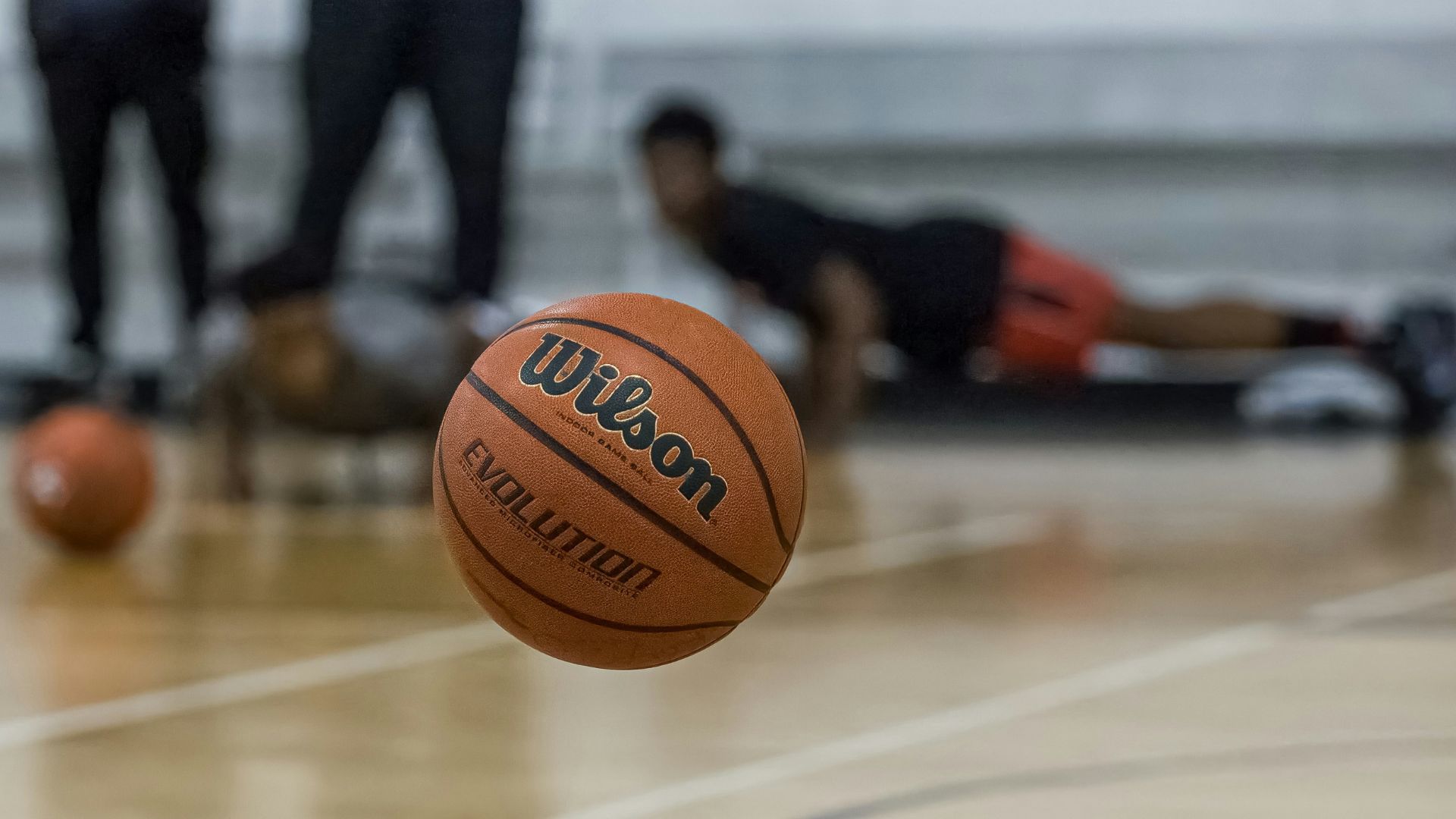
If the NCAA rejects this settlement offer, the court case will continue. If the NCAA loses in court — which many analysts believe is a high possibility — then they would have to pay this $20 billion in damages.
Therefore, legal experts believe this settlement opportunity for the NCAA is likely the best offer they’re going to get.
An Upcoming Deadline
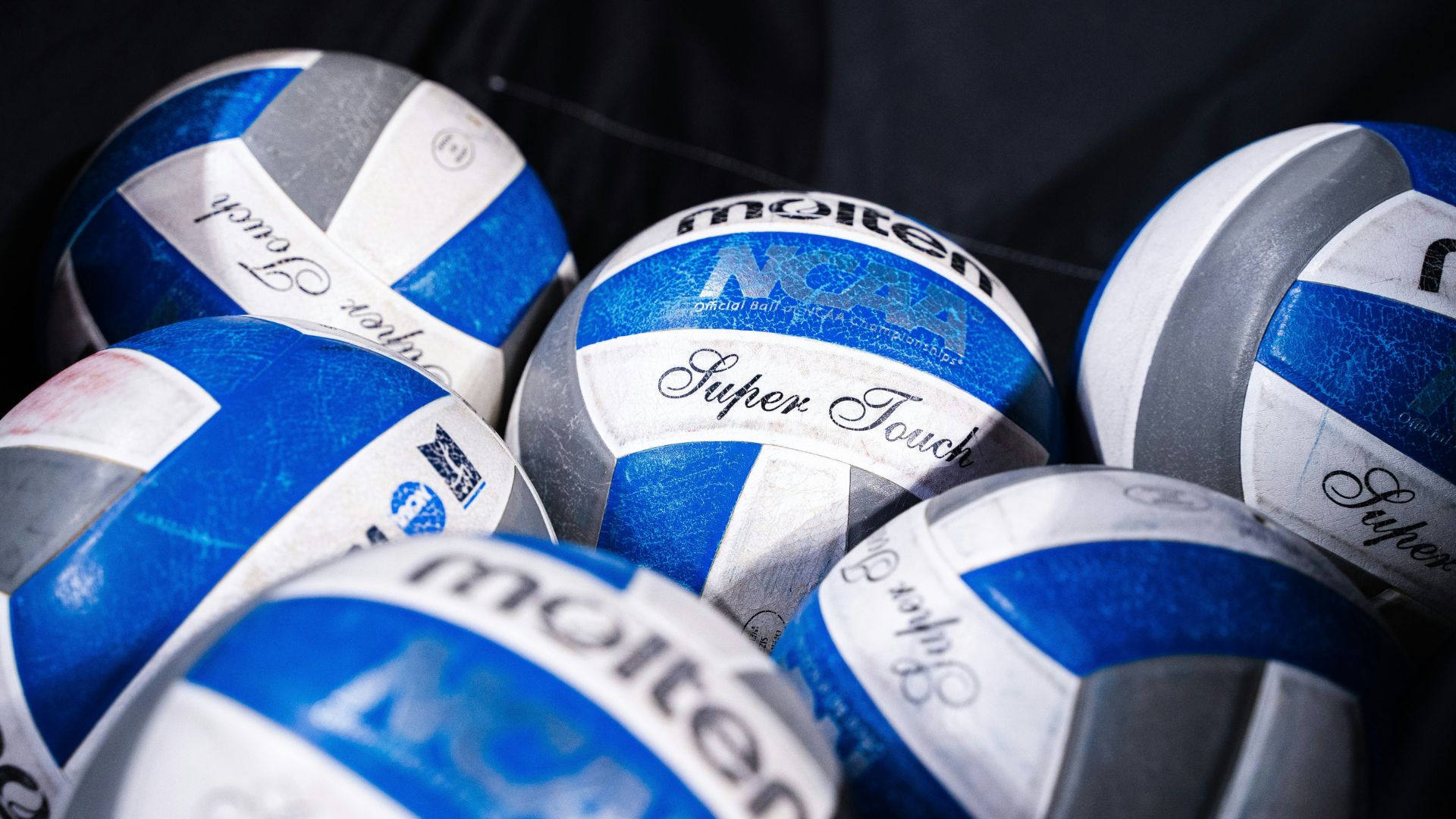
As this settlement deadline looms, analysts are interested in seeing how this settlement process may play out — and whether or not the NCAA will fully settle so they can get out of potentially paying $20 billion.
Already, there are positive signs that this settlement will be accepted. Steve Berman, an attorney for the plaintiffs in one case, has signaled that things are going well.
Positive Signs
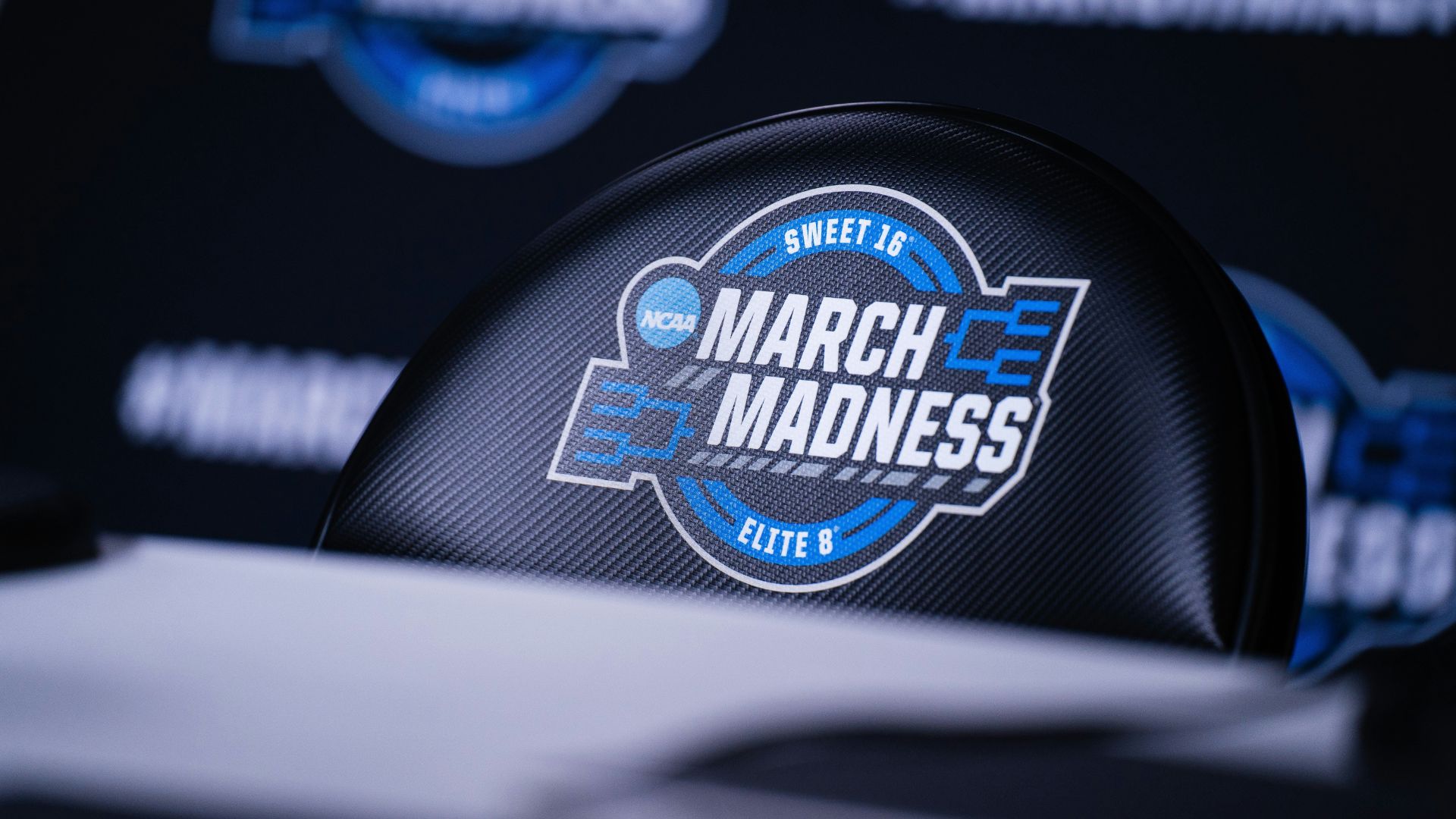
While Berman wouldn’t discuss the terms of a potential settlement agreement, he did say that there were positive signs.
“I’m hearing that things are going well in terms of both sides getting ready to approve this,” Berman stated.
